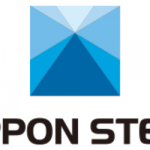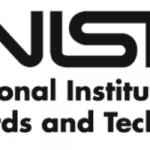New Cold Atom Source Technology from Oxford University Enables Portable Quantum Devices

(SciTechDaily) In an important step toward portable quantum devices, researchers at Oxford University have developed a new high-flux and compact cold-atom source with low power consumption that can be a key component of many quantum technologies.
“The use of quantum technologies based on laser-cooled atoms has already led to the development of atomic clocks that are used for timekeeping on a national level,” said research team leader Christopher Foot from Oxford in the U.K. “Precise clocks have many applications in the synchronization of electronic communications and navigation systems such as GPS. Compact atomic clocks that can be deployed more widely, including in space, provide resilience in communications networks because local clocks can maintain accurate timekeeping even if there is a network disruption.”
The new device is suitable for a wide range of cold-atom technologies. “In this project we took a design we made for research purposes and developed it into a compact device,” said Foot. “In addition to timekeeping applications, compact cold-atom devices can also be used for instruments for gravity mapping, inertial navigation and communications and to study physical phenomena in research applications such as dark matter and gravitational waves.”
Laser cooling usually requires a complicated arrangement of mirrors to shine light onto atoms in a vacuum from all directions. In the new work, the researchers created a completely different design that uses just four mirrors. These mirrors are arranged like a pyramid and placed in a way that allows them to slide past each other like the petals of a flower to create a hole at the top of the pyramid through which the cold atoms are pushed out. The size of this hole can be adjusted to optimize the flow of cold atoms for various applications. The pyramid arrangement reflects the light from a single incoming laser beam that enters the vacuum chamber through a single viewport, thus greatly simplifying the optics.





















